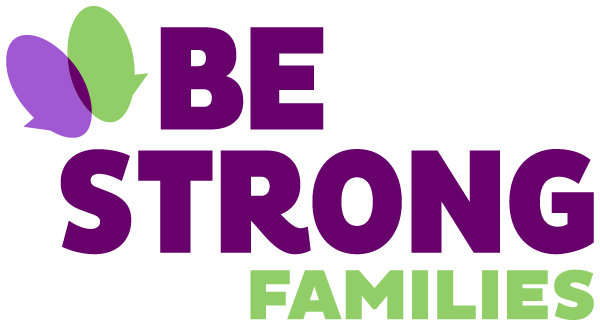Focusing on Resilience in a Stressful Time
Last week, my organization, the Center for the Study of Social Policy (CSSP), released two new Strengthening Families resources in response to the COVID-19 pandemic and the stress that families and service providers are currently facing: one for parents and caregivers, the other for providers who work with families. As the home of the Strengthening Families Protective Factors framework and approach, we infuse a Protective Factors approach into all of our work, and we do our best to support others around the country, like our partners at Be Strong Families, who use the Protective Factors in their work, and support families and communities to build their Protective Factors.
I want to reflect here on why we chose to focus on the protective factor of parental resilience in the resource we developed for parents. It’s called Building Resilience in Troubled Times, and you can access it as a webpage or download and distribute it as a handout.
We always talk about all five of the Protective Factors: Parental Resilience, Social Connections, Knowledge of Parenting and Child Development, Concrete Support in Times of Need, and Nurturing Children’s Social-emotional Competence. And, in this resource, we still talk about all five—but we focus most on resilience, and how strengthening the other four Protective Factors can also help us to build our resilience.
I’ve often talked about how all of the Protective Factors are closely related. Many people are lucky enough to have strong social networks that also help provide concrete support when they need it: the extended family who can lend you a car when yours breaks down, the neighbor who can watch your kids when you need a break, the faith community that has a diaper pantry. Not all families have those types of social connections, and not all concrete needs can be met by informal supports; the two Protective Factors are closely related for many families. Similarly, when parents increase their knowledge of parenting and child development, they will often learn how to better nurture their children’s social and emotional competence—in addition to other skills and strategies.
Even with all that interconnection between Protective Factors, though, resilience stands out as one that is particularly influenced by all the others. Some argue that as parents, we are at our most resilient when we have support for the other four Protective Factors. Another perspective would be that we develop resilience the most when we overcome challenges that might be characterized by a lack of support for those other Protective Factors. Some might say that resilience is what affords us the strength to build up our other Protective Factors when they are weak, so that we and our children can thrive. However we choose to look at it, resilience occupies a unique position in the Protective Factors framework.
My colleagues and I considered what families are experiencing right now as a result of the pandemic: worries about the health of their loved ones and themselves, financial concerns, lack of child care and other activities, and/or the struggle to support school-age kids with virtual learning, among other challenges. We kept coming back to resilience. CSSP defines Parental Resilience as the ability to manage stress and to function well even when bad things happen. When you are raising children, resilience is about finding a way to be the parent you want to be, no matter what else is going on around you. It seemed like parental resilience was the key to family well-being during this crisis.
What we ended up developing, Building Resilience During Troubled Times, starts with resilience and then shares tips for how paying attention to each of the other Protective Factors can also help build resilience. The document reflects the wisdom and perspective of about a dozen members of CSSP’s staff as well as members of the EC-LINC Parent Leader Network who added critical ideas and tips for their fellow parents. They helped us make sure the tone was supportive, the tips were realistic, and the writing was accessible. We will soon have the resource available in Spanish, and we encourage local partners to translate it into any other languages that would be helpful in your community (contact me if you would like to translate it!).
I hope that you will find this resource useful—for yourself, for parents in your social network, or for participants in your programs. Please consider printing it and inserting in food or diaper deliveries, or mailing it to parents who are not online. And please let me know in the comments how you see resilience relating to the other protective factors, and share any other tips you’ve been using to build your resilience during this time.
If you are a direct service provider, please also see our new resource for providers, Strengths-Based Practice in Troubled Times.
By Cailin O’Connor
Cailin O'Connor is a Senior Associate at the Center for the Study of Social Policy, where she works to promote better outcomes for young children and their families, with a focus on promoting the Protective Factors that children, families, and communities need to thrive. This includes coordinating the Strengthening Families National Network of 35 states using CSSP’s Strengthening Families Protective Factors Framework, and supporting cities and counties in their efforts to better support early learning throughout their communities as part of Early Learning Nation. She lives in Madison, Wisconsin with her 12-year-old daughter.
